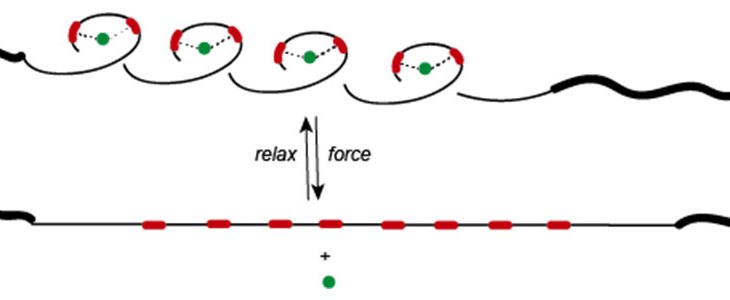
This project looks to design new corrosion inhibitors through experimentation and computer-aided design. The undergraduate student will work with a graduate student, assisting them in performing experiments on various systems and in the computer-aided design aspects of the project.


